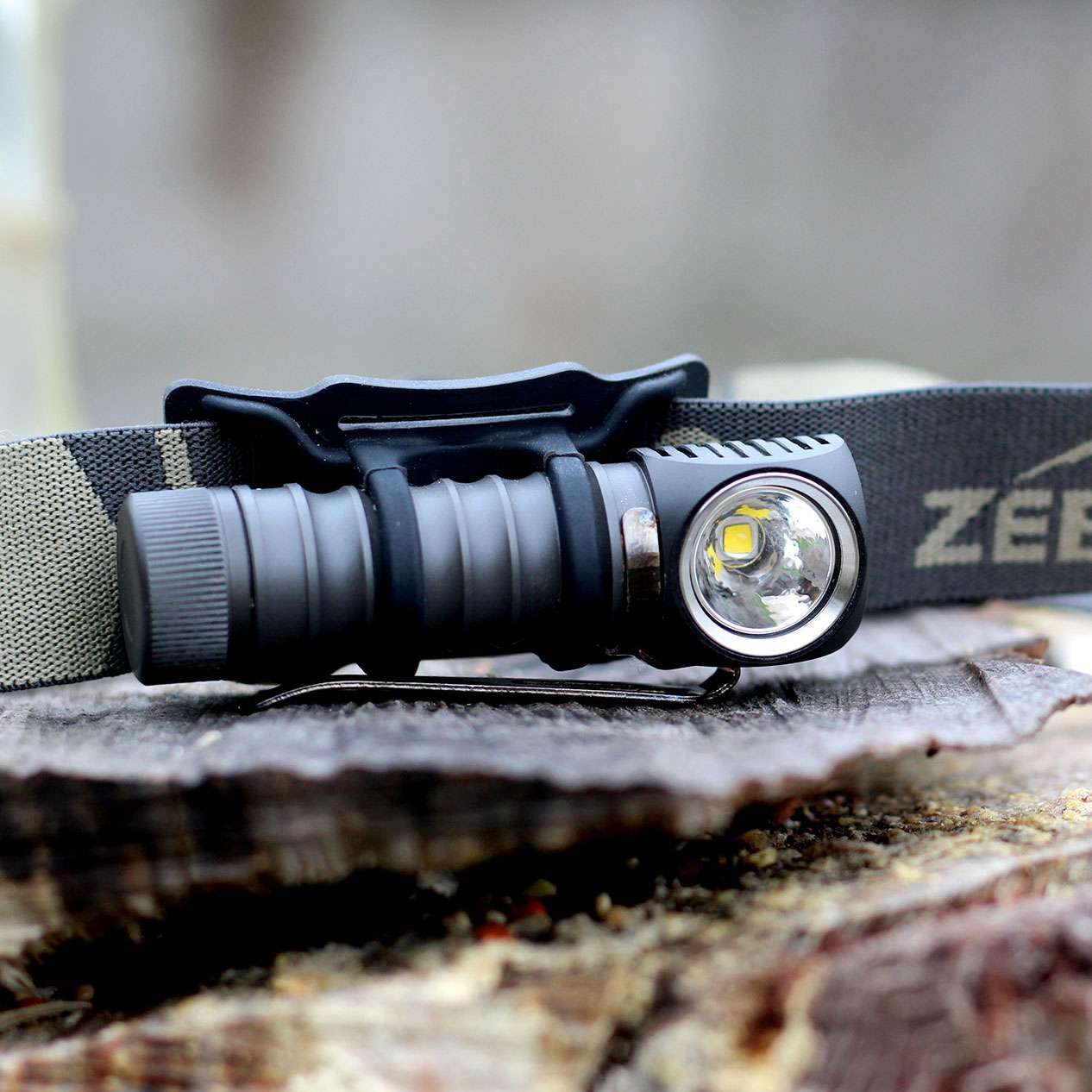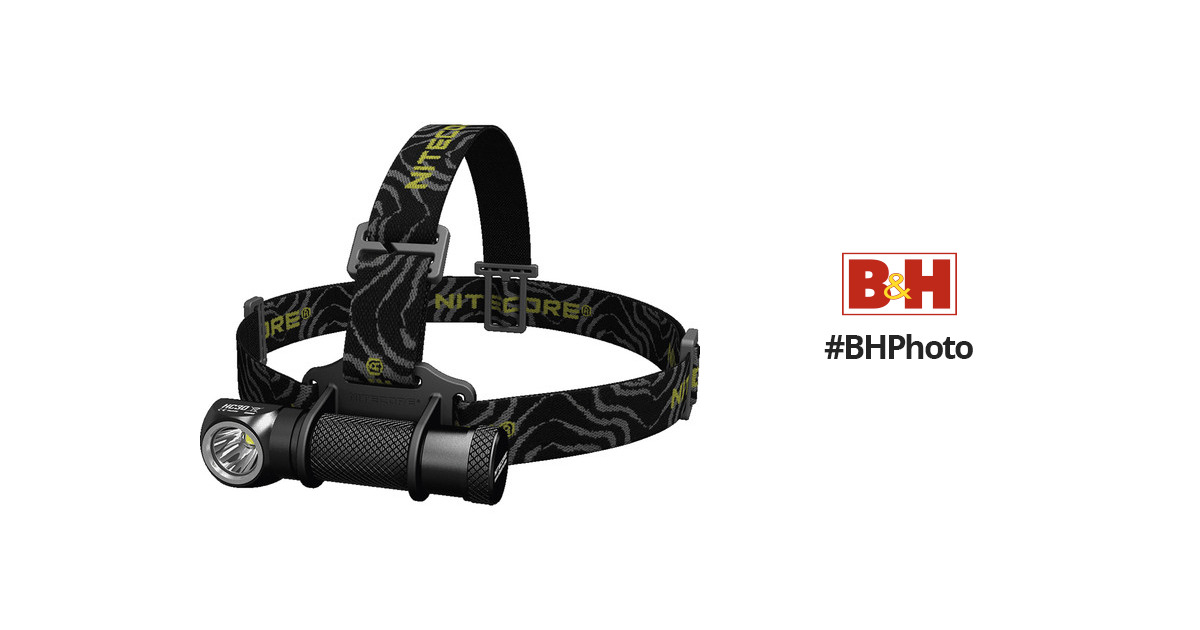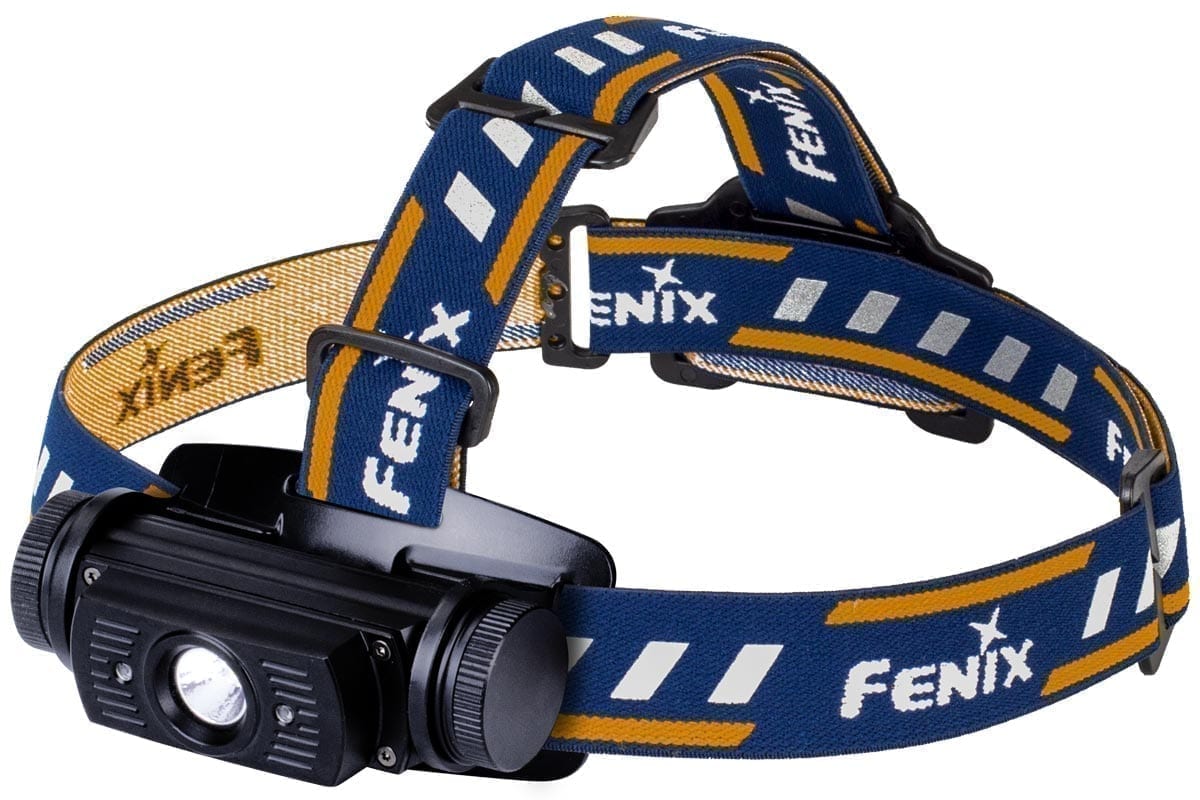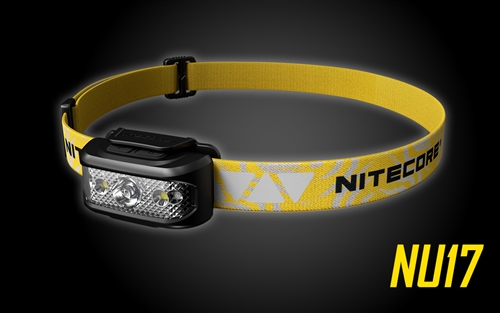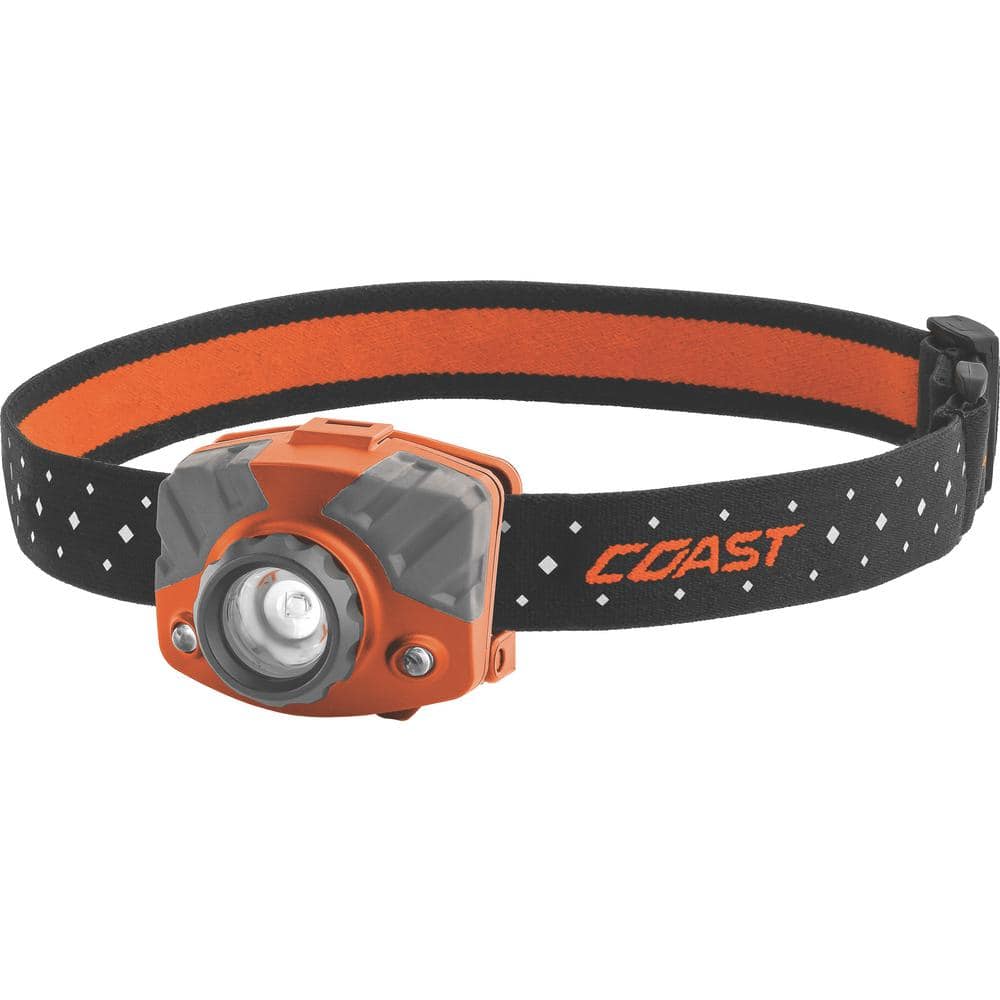The big thing these days is to make sure the headlamp has regulated output and the beamshape you want. That sounds easy, but there's so many games companies play now to pad their lumen/runtime numbers. Back in the day before regulated output, lights were super bright at the start but quickly got dimmer, old Surefires used to start getting dim less than 3min into their runtimes. Then regulation came along which controlled the output to keep the light the same brightness through most of the battery life. A lot of the lower lights are not regulated so you only get their rated brightness for a few minutes. Regulation was amazing because consumers knew they'd have X brightness for 90% of the runtime for consistent output. Then the lumen/runtime marketing war started and companies used regulation to pad their specs instead of providing constant light outputs.
Unfortunately then companies started playing the marketing lumens game with regulation, so you really have to do your homework. You'll see the ANSI FL1 Standard quoted frequently for brightness/runtimes, unfortunately it's very misleading. What the FL1 standard says is you can quote a runtime for a brightness level until the light is 10% of the initial brightness 30 seconds after you turn it on. So for example if a light with new batteries on high is 100 lumens 30 seconds after you turn it on, "runtime" is the time until that light dims to 10 lumens. So what companies do to pad their runtime at high brightness is start at a very high brightness and quickly step it down. So it might start at 100 lumens for 1 minute then step down to 20 lumens for 4 hours. This lets them say their "runtime" at 100 lumen high setting is 4 hours, even though you only get 20% of that output for 99% of the runtime. Other companies started playing this game as well because it's the only way their light specs could stay competitive.
Usually they do this with the turbo/high setting to pad their brightness numbers, medium and low settings will be much lower brightness but will maintain it for most of the runtime. The downside is if the manufacturer doesn't give you that information, and most won't, it's very hard to tell what's going to happen. The other "game" they play is many times at the highest setting the light will have to "step down" to avoid overheating, this might be 5 minutes, it might be 30 seconds, but you'll see them list runtime for that highest setting including the "step down" brightness which is much lower than what they are quoting. So you might see a 3000 lumen flashlight that says it has 1 hour of runtime on high/turbo. However what that really means is you get 3000 lumens for 1 minute, and then it steps down due to heat and you get 500 lumens for 59 minutes. The bad part is most companies won't tell you if the light steps down, and the few that do, usually won't tell you how long until it steps down. If you see a lumen/runtime combo that's too good to be true, they are playing games.
Here's a good example, the new Fenix HM61R headlamp, with 1200 lumen turbo rating, if you look at their spec sheet you'll see it says 2 hours runtime at 1200 lumens with an asterix, if you read the fine print it says the runtime includes after it steps down for temp or performance reasons. So it might be 1200 lumens for 1 minute and 400 lumens for 119 minutes etc. The high setting lists 400 lumens for 4 hours, and medium is 150 lumens for 12 hours those are the numbers I'd trust because they should be that brightness through most of their runtime.
Fenix lights are pretty good and they are up front about their high/turbo runtime-output games more than most, Zebra is great. For budget Home Depot has a coast 435 lumen light that has adjustable focus from spot to flood for $20 around black friday ($40 normally) and they are one of my favorite lights for toss it in the toolbox/truck etc.
This Coast Dual Color LED Headlamp with Twist Focus gives you the ability to shine a flood beam and then quickly twist the bezel to a long reaching spot beam.
www.homedepot.com
It's actually kind of sad, we started with no regulation and lights sucked because you only got full brightness at the start of the battery life, then for awhile we had regulation that gave full brightness for 90% of battery life which was great as a user, but now we are back to using regulation to give very bright lights that are once again only bright for a few minutes of their runtime so companies can pad their specs.



